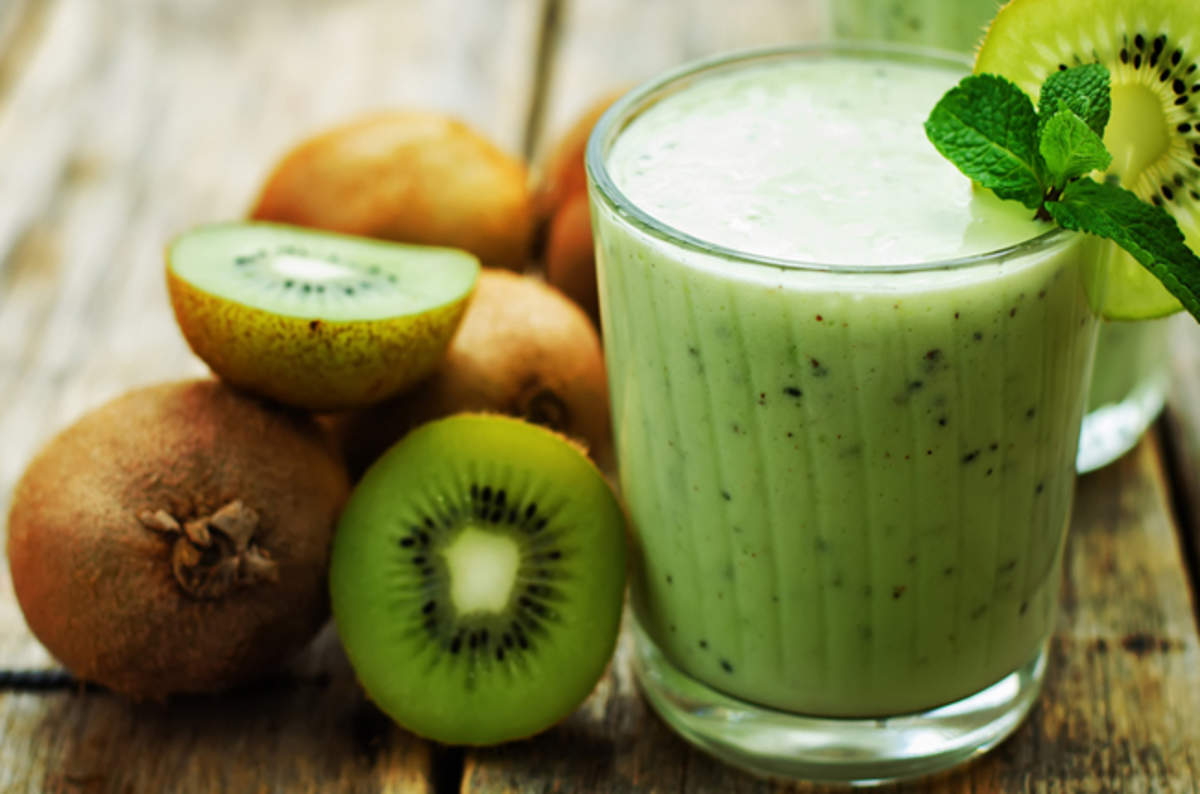A Deep Dive Into Kiwi Growing: Revealing the Techniques, Challenges, and Potential for Sustainable Farming
In this write-up, we will certainly take you on a deep dive into the techniques, obstacles, and possibility for sustainable farming in the world of kiwis. Discover the optimum expanding conditions, cutting-edge farming methods, and the sustainable techniques that can open the full possibility of kiwi farming.
Optimum Growing Problems for Kiwi Plant Kingdoms

Cutting-Edge Cultivation Strategies
GPS modern technology permits for precise mapping and tracking of the kiwi vines, enhancing watering and fertilizing techniques to make certain that each plant receives the necessary nutrients and water. Another innovative method is upright farming, which includes expanding kiwi plants in piled layers making use of fabricated lighting and climate-controlled environments. By accepting these sophisticated strategies, kiwi farmers can achieve higher performance, optimize resource utilization, and contribute to sustainable farming methods.
Challenges Dealt With by Kiwi Farmers
Dealing with many obstacles, kiwi farmers must navigate through various barriers to ensure effective growing and sustainable farming techniques. Among the significant difficulties they face is climate irregularity. Kiwi plants need a details environment to flourish, with great wintertimes and warm summers. Unpredictable weather condition patterns, such as severe temperature levels, frost, and dry spell, can disrupt the development and advancement of kiwi crops. Farmers need to continuously monitor climate forecasts and apply methods like irrigation, frost defense, and shade towel to reduce the adverse effects of environment variability.
An additional substantial obstacle for kiwi farmers is diseases and insects. Kiwi vines are vulnerable to a variety of bugs, consisting of termites, aphids, and thrips, which can harm the fallen leaves and fruit.
Furthermore, kiwi farmers face labor and labor cost issues. Kiwi cultivation requires labor-intensive activities, such as harvesting, trellising, and trimming. However, locating experienced laborers who are experienced regarding kiwi farming methods can be difficult. In addition, labor prices can be high, specifically throughout peak periods. Farmers require to purchase training programs, automation, and reliable labor monitoring strategies to optimize productivity and reduce labor costs.
Sustainable Farming Practices for Kiwi Cultivation
To make certain sustainable kiwi cultivation, you can execute an array of techniques that advertise ecological stewardship and lasting viability of your farm. One important practice is making use of organic plant foods and pest administration techniques. By preventing synthetic chemicals and instead selecting all-natural options, you can lessen the adverse effect on dirt wellness and biodiversity. Additionally, it is crucial to exercise accountable water management. Kiwi plants call for a considerable amount of water, but excessive irrigation can cause water waste and soil erosion. Executing efficient watering systems, such as drip try this out watering or precision lawn sprinklers, can help save water and enhance its use. Another lasting farming technique is using cover plants. These plants not only assist protect against dirt erosion yet also improve dirt fertility by including natural issue and dealing with nitrogen. Additionally, implementing incorporated bug administration techniques can considerably reduce the demand for chemical pesticides. By encouraging all-natural predators, making use of pheromone catches, and practicing plant rotation, you can effectively manage pests while decreasing environmental injury. Adopting lasting energy practices, such as making use of solar power or investing in energy-efficient innovations, can decrease your ranch's carbon footprint and add to an extra sustainable kiwi farming system.
Opening the Potential of Kiwi Farming
By executing lasting farming techniques, you can open the full capacity of kiwi farming while decreasing environmental effect. Kiwi farming has immense possibility for growth and profitability, however it also includes its very own set of challenges. To totally open this potential, it is critical to embrace lasting methods that not only optimize yield and high quality however likewise guarantee long-term viability.
One key facet of opening the capacity of kiwi farming is enhancing irrigation techniques - what do kiwis taste like. Kiwi plants call for a certain quantity of water to flourish, and by using efficient watering systems such as drip watering have a peek here or precision sprinklers, you can decrease water wastefulness and minimize the danger of waterlogging or soil disintegration
An additional essential variable is dirt health and wellness management. Healthy and abundant dirt is crucial for the development and advancement of kiwi plants. By carrying out practices such as cover chopping, crop rotation, and natural fertilizing, you can enhance soil framework, boost vitamins and mineral schedule, and minimize the need for chemical inputs.
Additionally, integrated parasite monitoring (IPM) strategies are crucial in opening the possibility of kiwi farming. By taking on IPM techniques such as biological insect control, pheromone catches, and plant surveillance, you can properly take care of pests and conditions while minimizing making use of chemical pesticides.
Final Thought
In final thought, kiwi cultivation holds great possible for sustainable farming techniques. By applying innovative techniques and getting over the challenges encountered by farmers, we can unlock the complete capacity of this fruit (what do kiwis taste like). With optimal expanding conditions and a concentrate on lasting methods, kiwi farming can flourish while reducing environmental impact. So, get hold of a kiwi and support the future of lasting agriculture!
Discover the optimal growing conditions, innovative cultivation methods, and the lasting methods that can open the complete possibility of kiwi farming. By welcoming these sophisticated strategies, kiwi farmers can achieve greater efficiency, enhance resource use, and add my explanation to lasting farming methods.
Dealing with many obstacles, kiwi farmers must navigate through various obstacles to make certain successful farming and sustainable farming techniques.By executing lasting farming techniques, you can unlock the complete possibility of kiwi farming while decreasing environmental influence.In conclusion, kiwi cultivation holds great possible for lasting farming techniques.